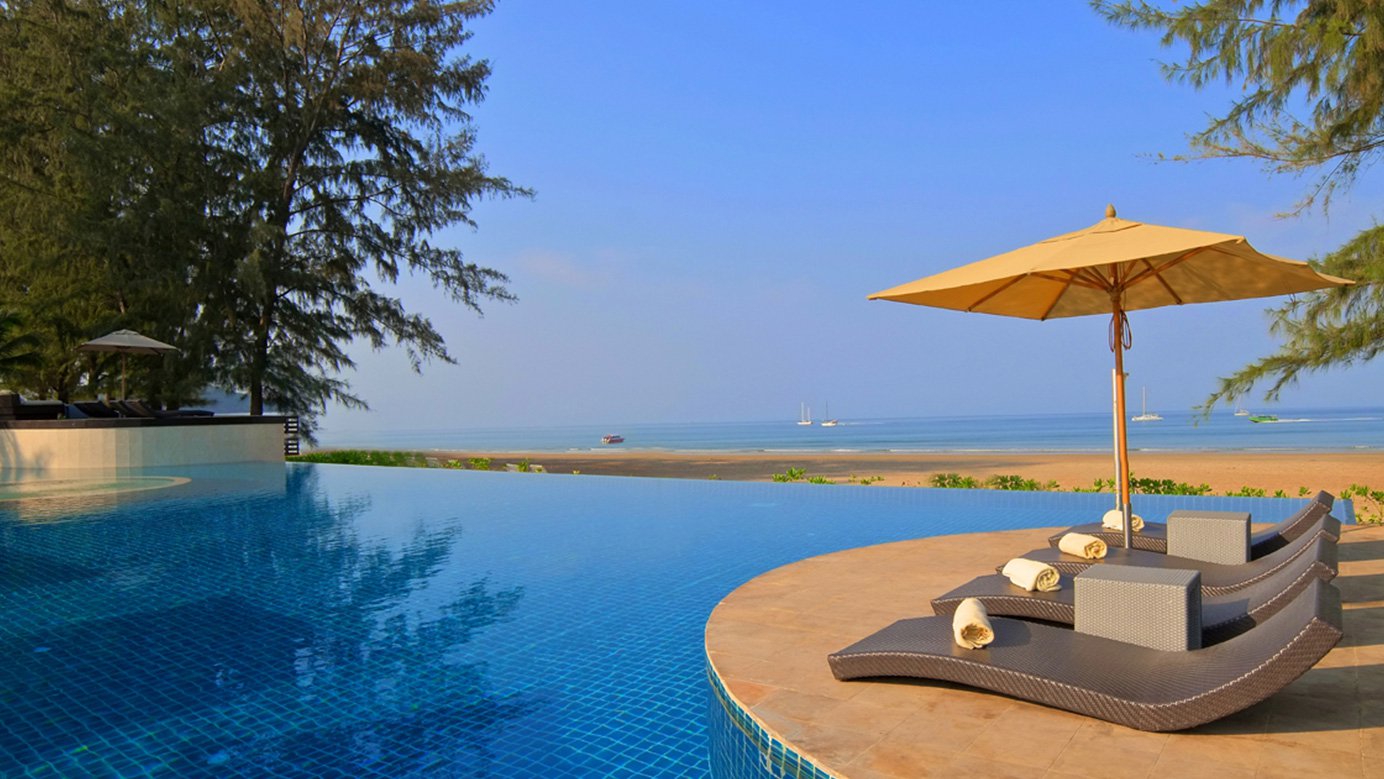Twin Lotus Resort & Spa, Ko Lanta, Thailand

This beautiful and newly renovated resort is set in tropical gardens on 3km of sandy beach in the north of Koh Lanta. There are 81 stylish and elegant ensuite rooms, with a great mixture of traditional Thai and modern design, from superior rooms to stunning beachfront villas. The resort is close to Saladan Town with most of Lanta’s shops and restaurants. Divers and snorkelers will be picked up and dropped back to the resort by Andaman Dive Adventures. There is also a spa for rest and relaxation.
